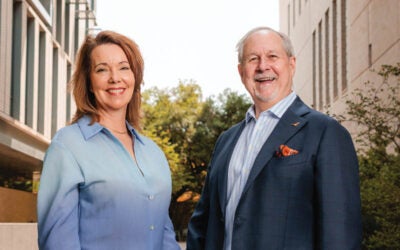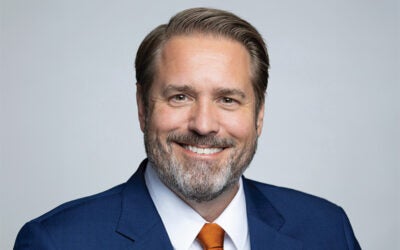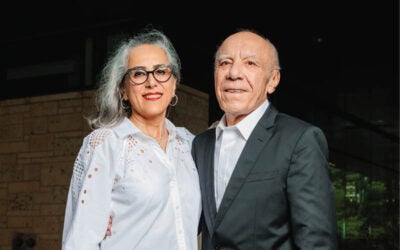The Future of Health
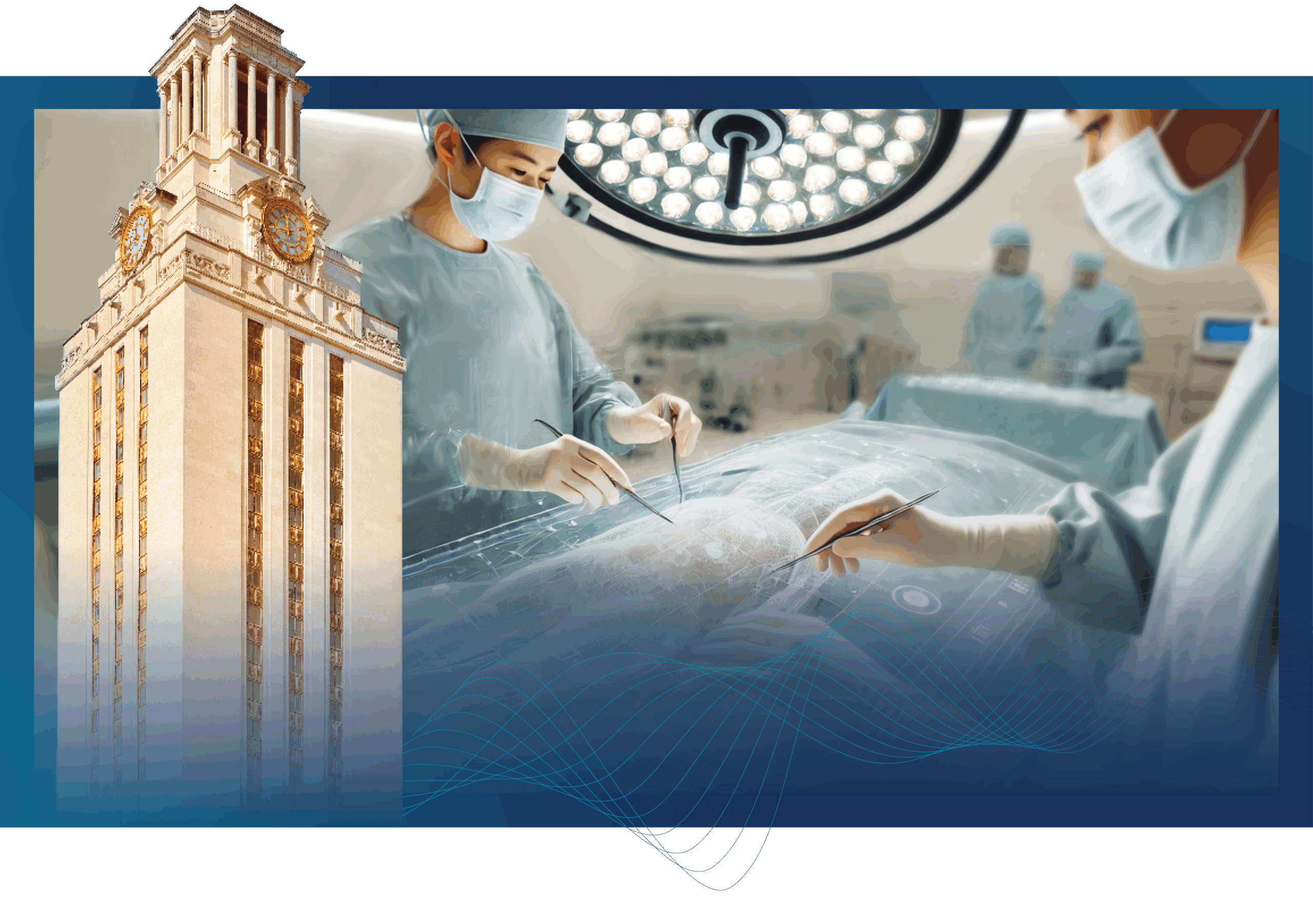
Changing the world — again.
This is a once-in-a-generation opportunity that unites MD Anderson, the No. 1 cancer center in the country, with the University and Dell Medical School in a joint medical complex. Coming soon: a flagship UT hospital and a new MD Anderson comprehensive cancer center, defining the future of complex care.
The University of Texas System Board of Regents is taking on one of their boldest endeavors: creating a world-class academic health system poised to transform health care in Central Texas and far beyond.
The University of Texas Medical Center, anchored by Dell Medical School, will redefine the future of academic medicine. At its heart will be a state-of-the-art UT hospital and a major ambulatory care expansion, designed to deliver world-class care for the most complex and serious conditions.
A cornerstone of this transformative campus will be the arrival of the world-renowned MD Anderson Cancer Center, establishing a powerful new hub for clinical excellence and breakthrough research in Austin.
This visionary academic medical center will set a new national standard for patient care, medical education and scientific discovery — driven by the strength and scale of one of the world’s leading public research universities.
A key leader in the charge is Claudia Lucchinetti, M.D., senior vice president for medical affairs at UT and the dean of Dell Med. A physician-scientist who spent nearly 30 years at Mayo Clinic before coming to Austin, she spoke with us about what it means to build an academic health system from the ground up — and how UT will lead innovation from the heart of Texas.
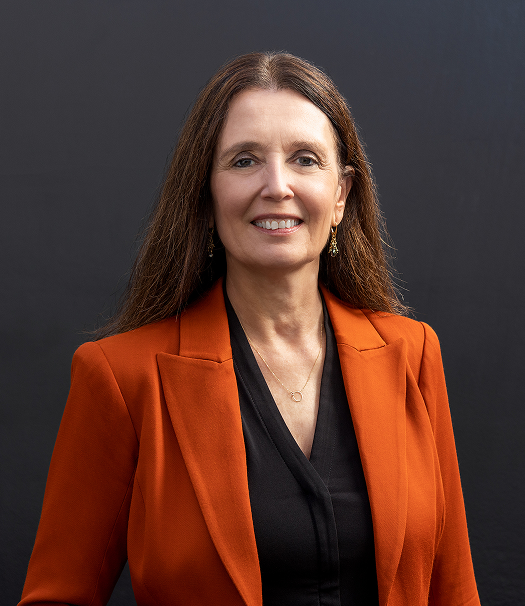
For more than 140 years, UT has been a catalyst for knowledge, discovery and leadership. But it hasn’t been home to an academic medical center. Why Texas, and why now?
CLAUDIA LUCCHINETTI:
This is Texas doing what only Texas can do. We are deeply grateful to the UT System Board of Regents for their vision and unwavering support. UT is a research powerhouse, where talent, technology and resources come together in ways that create unmatched potential to transform health care.
UT is home to the fastest academic supercomputer in the United States. This gives us the computational power to tackle complex medical challenges.
At the world-renowned Oden Institute for Computational Engineering and Sciences, we have the mathematical and computational expertise to fuel precision medicine — predicting how a person will respond to a medication, or which therapy will be most effective.
And with top-ranked schools in social work, nursing, pharmacy, engineering, natural sciences and business, we are bringing the brightest minds to bear on the most pressing health challenges — putting discovery and innovation into practice now, not years from now.
In a rapidly growing city with a fragmented health system, UT is positioned to deliver what we urgently need: integrated, high-quality, person-centered care. It’s especially exciting to be building this alongside MD Anderson Cancer Center, as it establishes a comprehensive cancer center on the UT campus as part of this joint medical complex. The impact on Austin, the largest city in the U.S. without an academic medical center, will be transformative — an end to having to leave the city to receive care for complex or serious conditions, including cancer.
But this reaches far beyond Austin. Free of legacy systems and constraints, we have a generational opportunity to reimagine what it means to be a patient, to train future doctors and to innovate and build for a future shaped by the greatest acceleration in knowledge and technology in human history. The potential for impact is bigger, even, than Texas. This changes the world.

Mary Duarte’s prognosis was poor. She had gone to the emergency room in Temple, Texas, for what turned out to be an aortic tear complicated by scar tissue from previous surgeries. No doctors there could treat her, and weather conditions made it impossible for a medical helicopter to reach Dallas or Houston — the only Texas cities where, until just a few years ago, this complex surgery could be accomplished.
But Dell Medical School’s George Arnaoutakis, M.D., was on call that midnight at Austin’s Ascension Seton Medical Center. Arnaoutakis is a world expert in aortic disease and Duarte’s rare genetic condition, Marfan syndrome. The weather broke for a helicopter flight to Austin and early that morning, he performed the surgery that saved Mary’s life.
Arnaoutakis leads Dell Med’s Division of Cardiovascular and Thoracic Surgery. For Mary and others living with rare diseases, the presence of world-class experts in Central Texas can provide a feeling of security that felt impossible before. After Arnaoutakis operated on Mary’s son, Christian, before his inherited Marfan Syndrome became life-threatening, he shared, “It feels really good. It’s something I don’t have to worry about anymore. I have him to follow up with me and take care of it.”
George Arnaoutakis, M.D., in surgery.
What does it mean to build a new academic medical center in the midst of the “greatest acceleration of knowledge and technology in human history”?
CLAUDIA LUCCHINETTI:
Researchers at Google Health have demonstrated a generative AI system that can analyze retinal scans and detect diabetic retinopathy, one of the leading causes of blindness, as accurately as a specialist — in seconds.
What once took days or weeks can now happen instantly. And the same tools are being trained to detect breast cancer, lung nodules and early signs of Alzheimer’s. This isn’t just a technological advance, it’s a complete shift in how we deliver care — and how quickly we must adapt. That’s why we’re building for agility, not just innovation.
When we say we’re creating the hospital of the future, we mean a system designed to grow with change — one that still feels advanced 20 years from now.
That includes imagining a “hospital without walls” — a care model that uses technology, virtual visits and community-based services to meet people where they are. Inside the walls that do exist, we’re integrating advanced tech with human-centered design, creating spaces that support healing, connection and compassion. The building itself becomes a fundamental part of the care team, just as essential as the top talent we’re recruiting from some of the best academic health care systems in the world — places like Mayo Clinic, Johns Hopkins, UCSF and Cleveland Clinic.
Why is philanthropy so important to UT Medical Center?
CLAUDIA LUCCHINETTI:
Academic medicine depends on philanthropic investment. But philanthropy is much more than a funding source — it’s a partnership rooted in purpose and possibility.
This transformative project solidifies UT’s place not only as a leader in education and research but in providing exceptional health care that puts patients first. It brings together talent across the UT System and campus, fuels new opportunities for students and faculty, strengthens UT’s stature as a national leader in innovation and offers Longhorns everywhere a chance to invest in something truly historic.
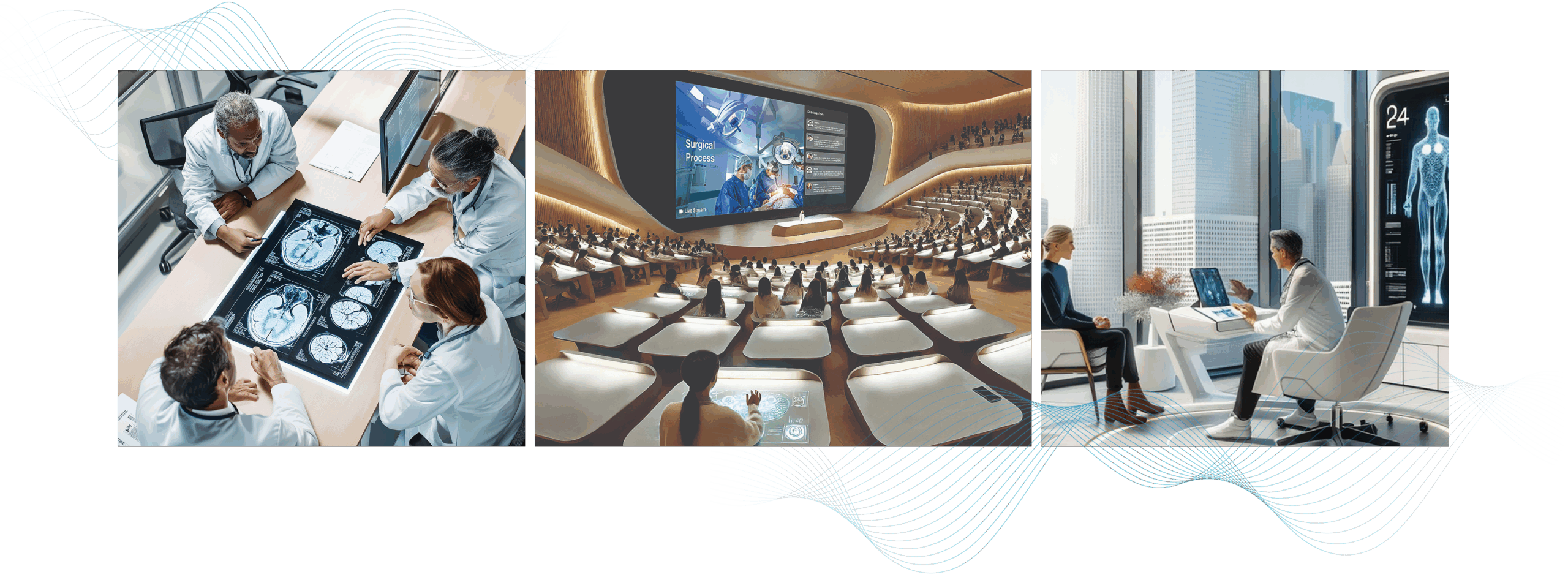
We’re not retrofitting the past. We’re defining the future of health from the ground up. UT Medical Center will bring life-saving care home to Austin and set a new standard in care — one that starts here and changes the world.
Be a part of this transformative opportunity and find out more at dellmed.utexas.edu/support/ut-medical-center
Texas Leader Magazine
More from this series
An Ordinary Man’s Extraordinary Journey
Ray Brimble is creating a legacy inspired by community.
Getting to Know Jim Davis
President Jim Davis shares his thoughts on the bright future of UT and his gratitude for those who so generously support it.
The Power of Connections
As a successful entrepreneur, Shanaz Hemmati is using her gifts to create pathways for others.
